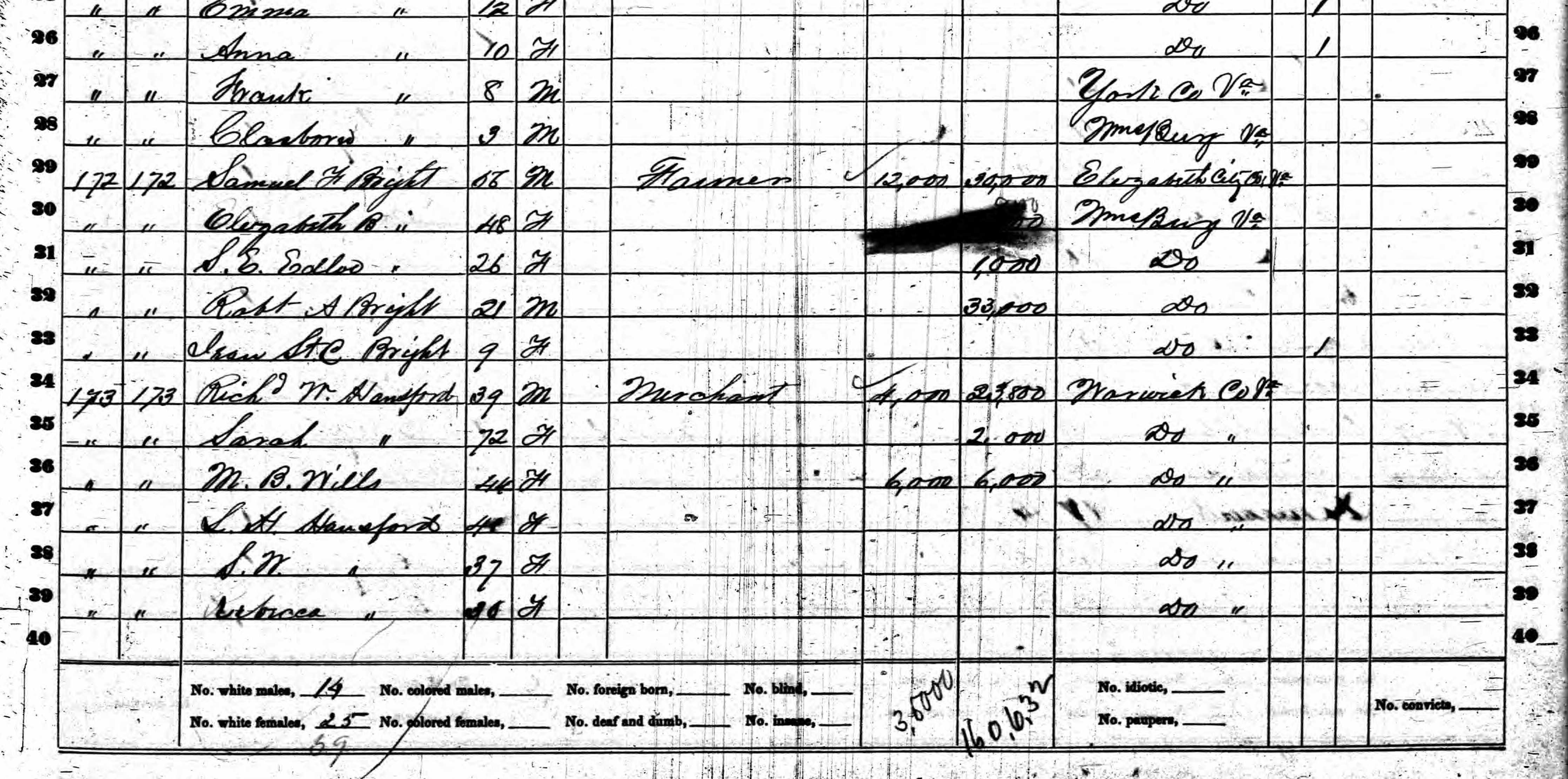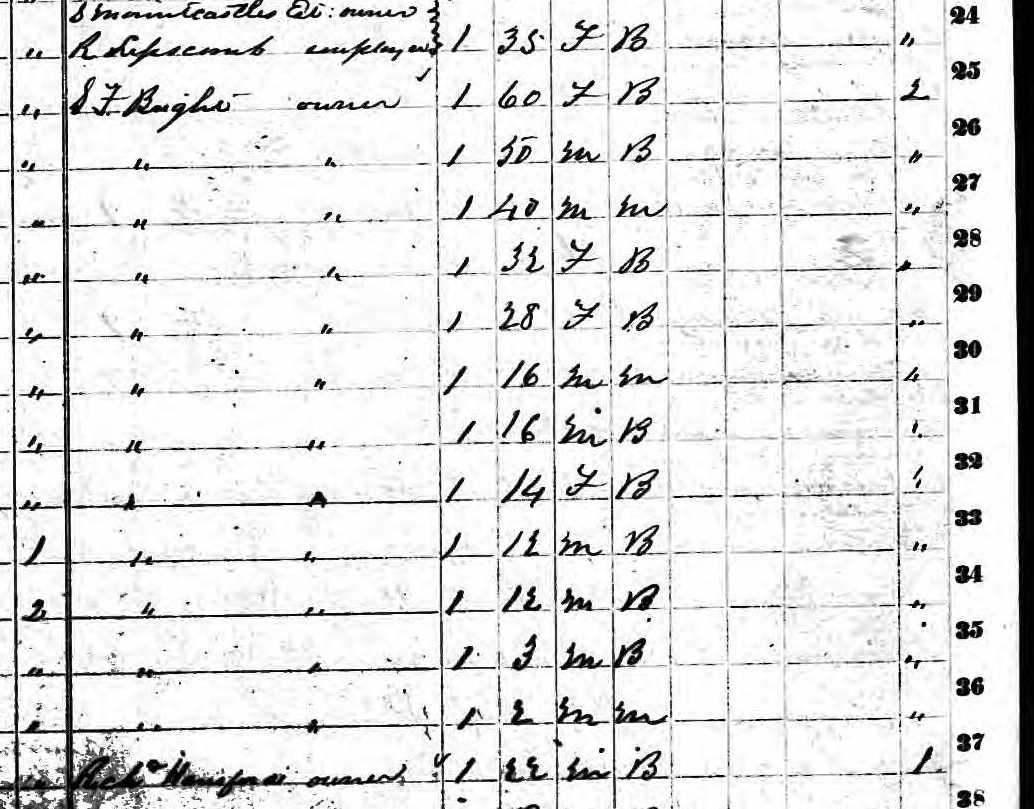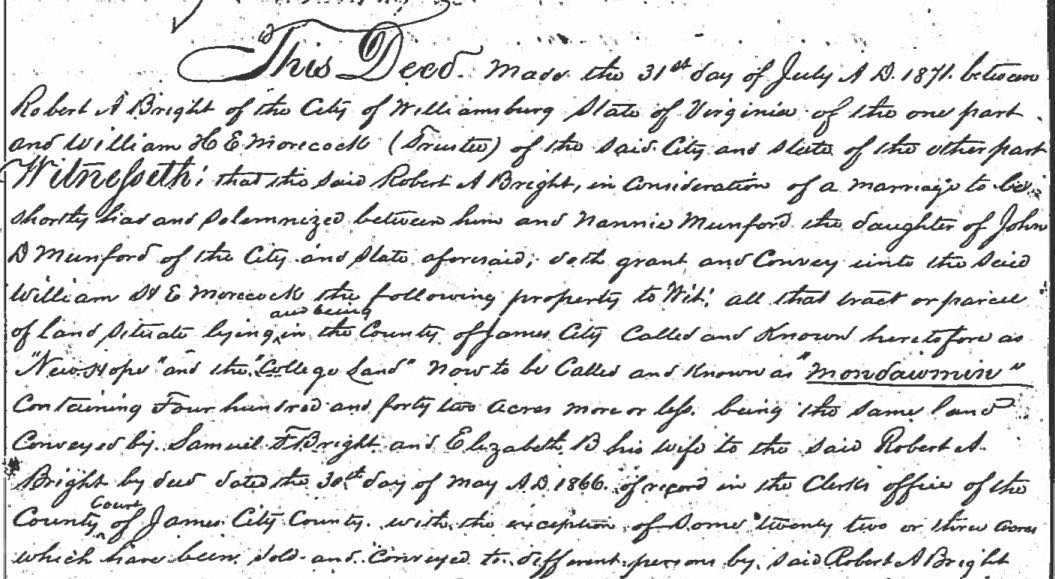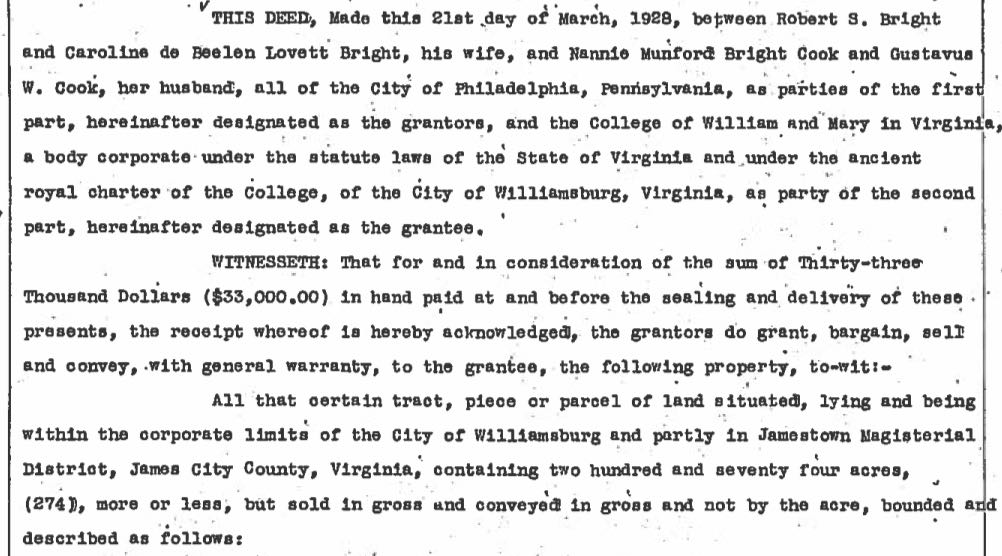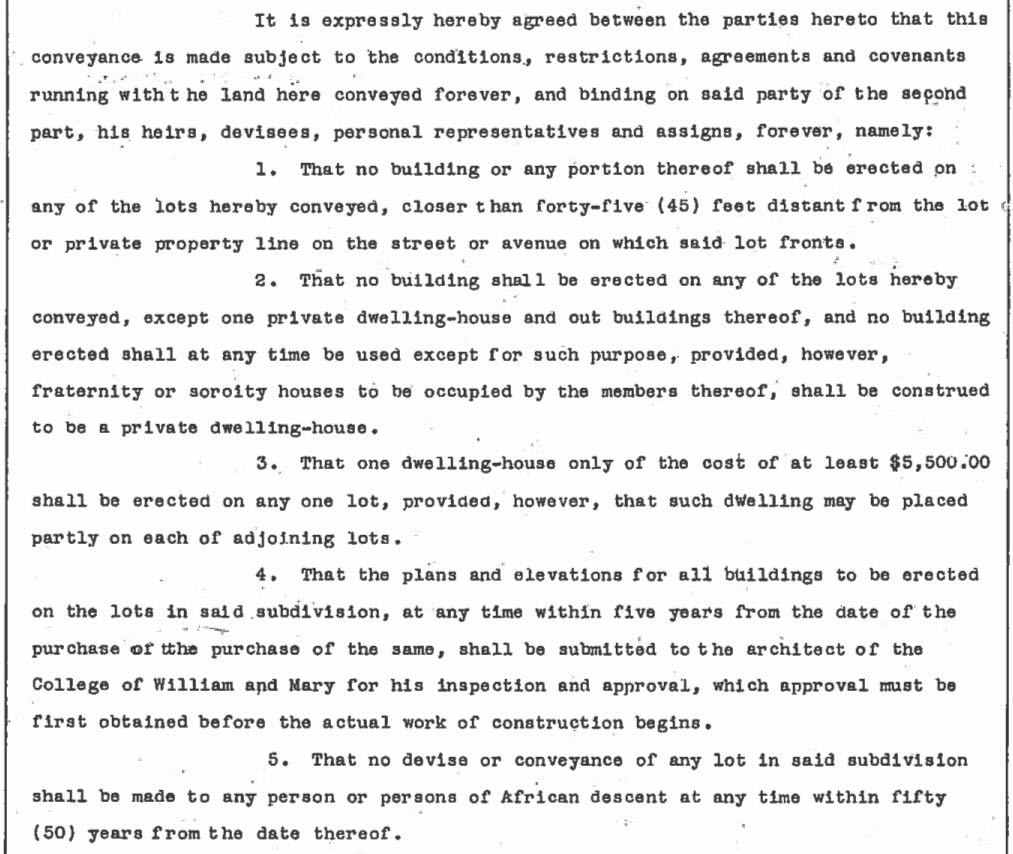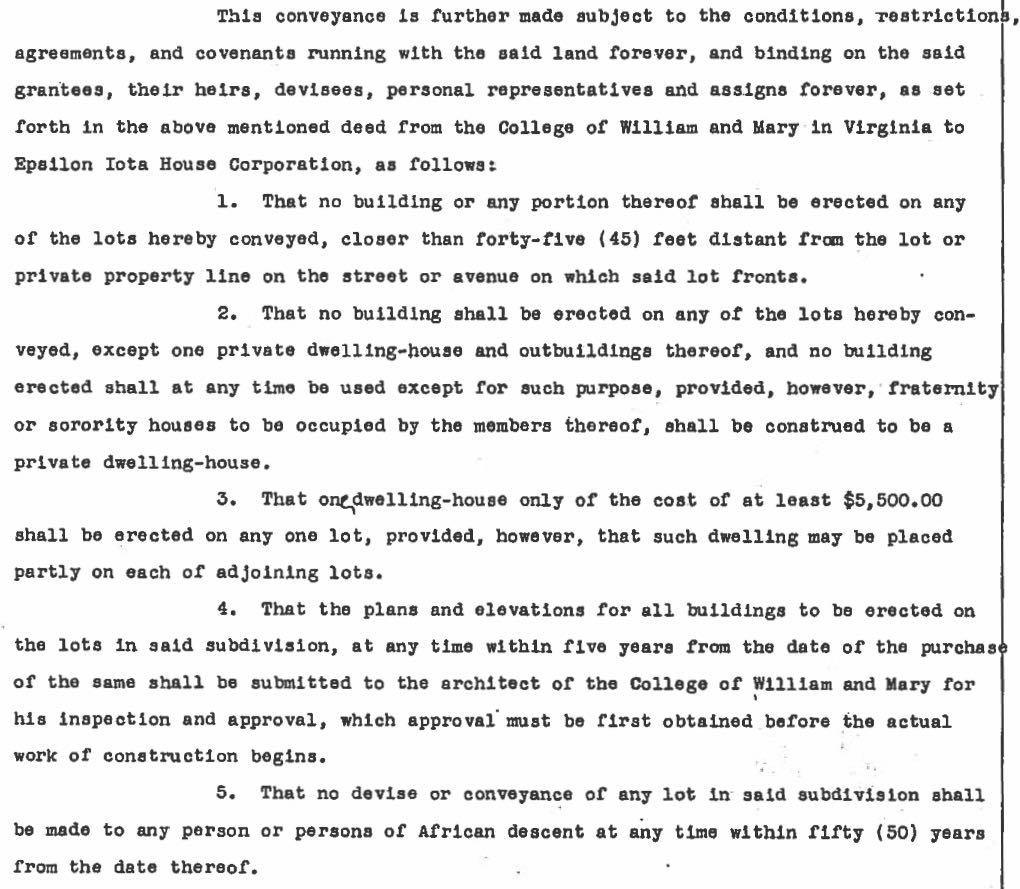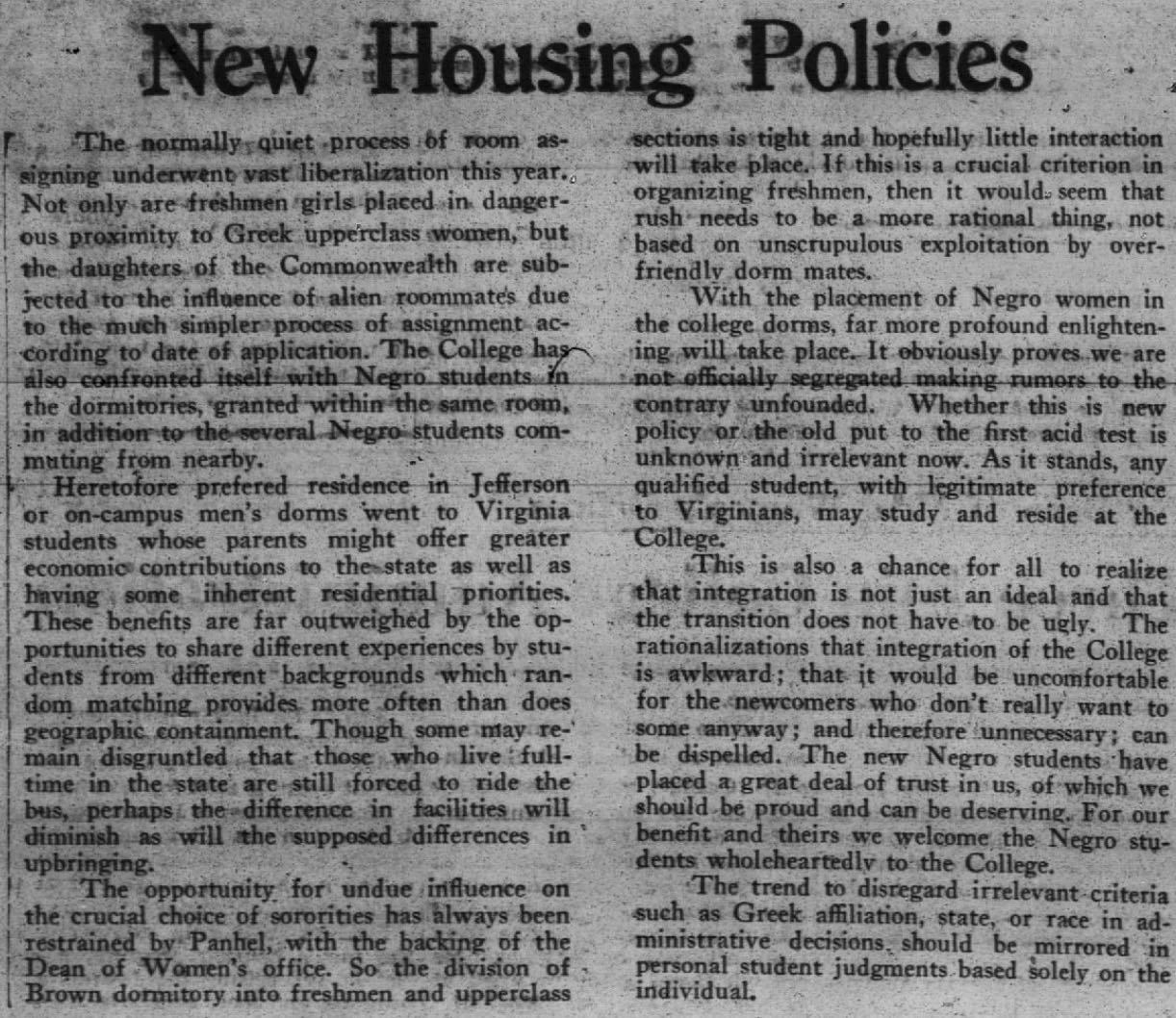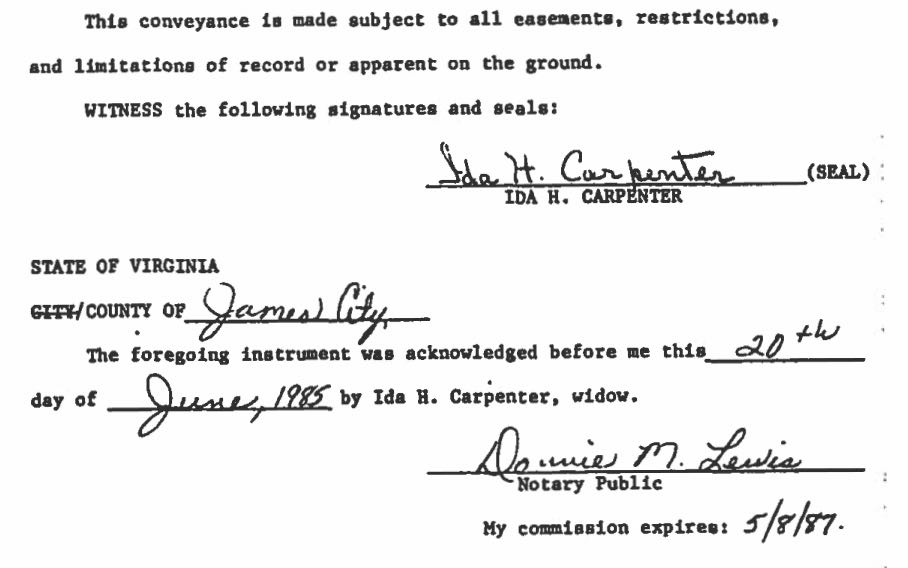May 3, 1948
In Shelley v. Kraemer, the United States Supreme Court rules that the Equal Protection Clause prohibits racially restrictive housing covenants, making those covenants unenforceable in court. From the majority
opinion: ``These are not cases, as has been suggested, in which the States have merely abstained from action, leaving private individuals free to impose such discriminations as they see fit. Rather, these are cases
in which the States have made available to such individuals the full coercive power of government to deny to petitioners, on the grounds of race or color, the enjoyment of property rights in premises which petitioners are
willing and financially able to acquire and which the grantors are willing to sell.''
